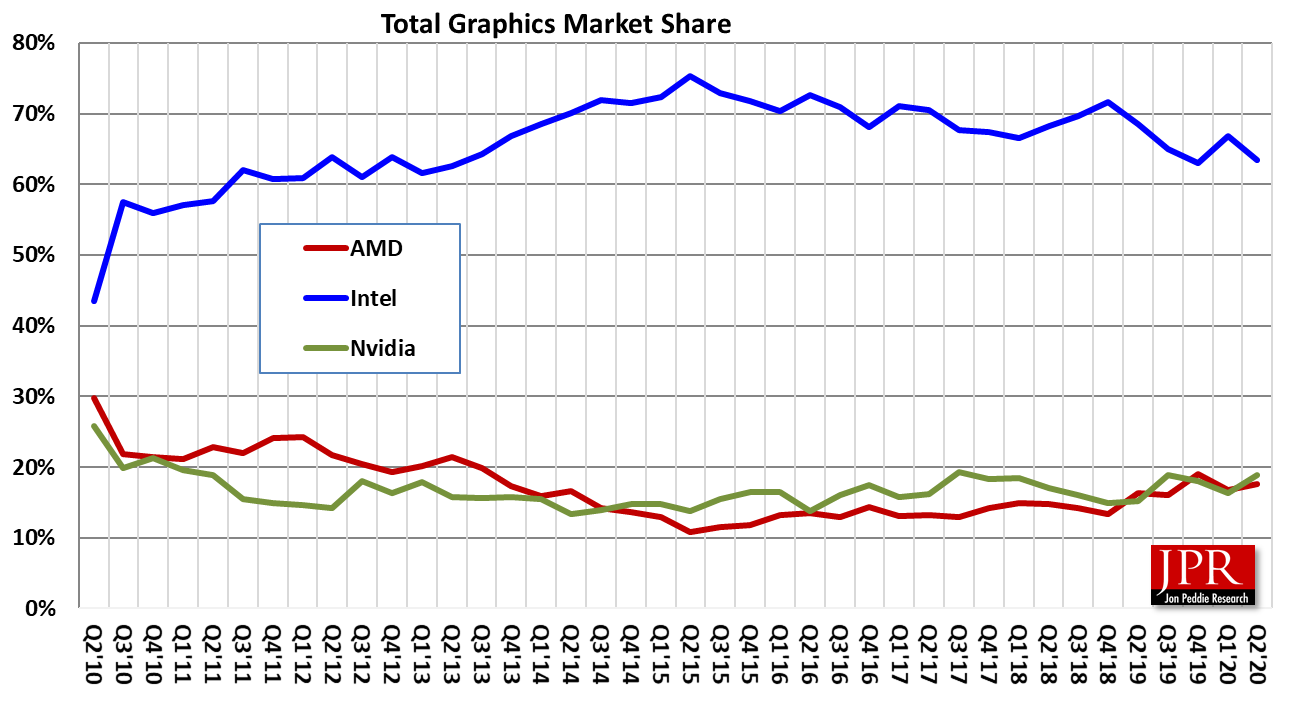An GPU, often referred to as a GPU, represents a crucial part in modern computing that manages everything ranging from creating graphics in video games and processing intricate calculations in artificial intelligence. With the increasing demand for premium graphics and enhanced computing power rises, grasping the role of the GPU is essential for anyone looking to upgrade their computer.
In today's GPU market, a wide range of options is available, serving both casual users and hardcore gamers. Knowing what a GPU does and how it affects overall performance can help you in making informed choices when thinking about an upgrade. If you wish to enhance your gaming experience or accelerate workloads, comprehending the basics of GPUs will set you on the proper path.
Comprehending GPU Compatibility

As considering an upgrade to your GPU, it's important to grasp compatibility with your current system. The first factor to evaluate is the physical room within your computer case. GPUs come in various dimensions, so make sure your case can fit the upgraded card without obstruction. Take measurements of the existing GPU space and compare it with the specifications of the new GPU you intend to purchase.
Next, check the PSU requirements. Each GPU has particular power consumption needs, typically noted in W. Your power supply must meet or surpass these needs to ensure stability and avoid possible harm during operation. Additionally, check that your power supply has the necessary plugs for the GPU, as some versions need additional power cables which may not be present in every power supplies.
Lastly, consider the motherboard compatibility. Most GPUs use PCI Express slots, but you should confirm that your motherboard has a suitable slot and is compatible with the particular version of PCIe that your upgraded GPU uses. Additionally, if you're using several GPUs for better performance, make sure that your motherboard supports such setups. Pay attention to the potential need for system updates or BIOS settings that might be needed to recognize the new hardware properly.
Selecting the Right GPU for Your Requirements
As selecting a GPU, it is essential to consider your particular requirements based on how you intend to utilize your computer. Are you a gamer looking for elevated FPS and stunning visuals, or do you seek a powerful graphics card for professional applications like film editing and three-dimensional rendering? Understanding the primary function of your GPU will help you in finding one that meets your performance expectations and not overspending on superfluous features.
After you have identified your needs, explore the up-to-date trends in the GPU market to identify which models are most appropriate for your requirements. Keep an eye on performance benchmarks and customer feedback to get a sense of the performance potential of multiple GPUs. Additionally, take into account factors such as power consumption, thermal performance, and suitability with your existing hardware to guarantee a trouble-free integration into your system.
Lastly, budget is a key aspect of your decision process process. gpuprices can range significantly in price, and finding the appropriate middle ground between performance and cost is important. Think about whether a average GPU could be sufficient for your usage rather than going for the most expensive option. By thoughtfully considering your needs, exploring the GPU market, and determining a feasible budget, you can identify a graphics card that enhances your computing experience without breaking the bank. ### Installation Process and Tips
Installing your new GPU can be an exciting yet daunting task. First, make sure to switch off your computer and disconnect it from the power source to prevent any electrical problems. Open your computer case by removing the screws or latches that hold it in place. Carefully locate your old GPU, usually seated in one of the PCIe slots on your motherboard. To remove it, release any clips holding it in place and carefully pull the card out of its slot. Keep this area clean as dust can accumulate and hinder performance.
Next, prepare your new GPU for installation. Insert the new card into the correct PCIe slot, making sure it is aligned properly and fits snugly. Certain GPUs may need extra power connectors, so remember to plug these in from your power supply. It’s also wise to verify that there’s enough space around the card for proper airflow. Once everything is in place, put your computer case back together.
After the installation, power on your machine. You may need to install drivers for your new GPU before it fully operates. This step is crucial as it ensures compatibility and optimal performance with various applications and games. Visit the GPU manufacturer’s website for the latest drivers. Lastly, monitor system temperatures and performance to ensure that everything runs smoothly in your upgraded GPU setup, especially if you're venturing into the competitive GPU market.
